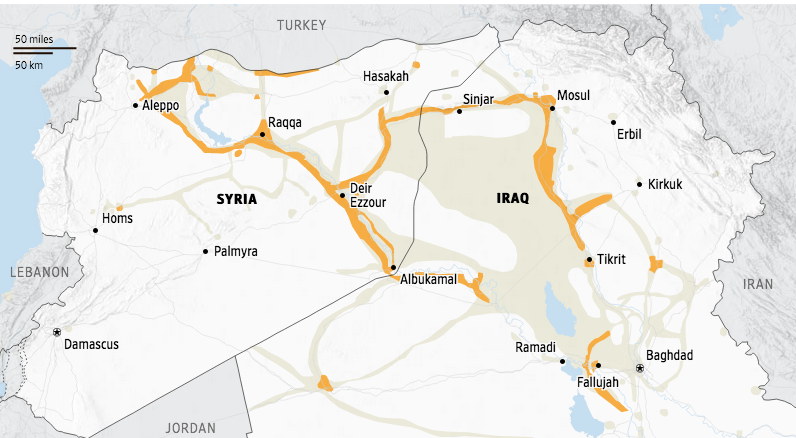Terrorist Threat to US ‘Has Not Been at This Level for Decades,’ Expert Says After ISIS Attack in Russia
The Islamic extremist group ISIS took responsibility for a terrorist attack in Russia on Friday that left nearly 140 people dead. The deadly incident is one the United States should take “extremely seriously,” according to national security expert Robert Greenway. The deadly attack confirms that “the level of threat to the United States from terrorist attack has not been at this level for decades,” Greenway, a former member of the National Security Council and director of the Center for National Defense at The Heritage Foundation, told “The Daily Signal Podcast.” The U.S. withdrawal from Afghanistan provided ISIS with the opportunity to regain strength, according to Greenway. The “predictable outcome” of the withdrawal, Greenway says, “was that our terrorist adversaries in Afghanistan would exploit $83 billion of equipment and infrastructure left behind and resurrect the capability to conduct operations abroad.” Now, with thousands of illegal aliens crossing the southern border daily from all over the world, America’s “open borders constitute a grave threat,” he said. Greenway joins the podcast to not only explain how ISIS regained the strength to carry out an attack in Russia, but also why the terrorist group targeted the authoritarian nation.
More From Daily Signal:











